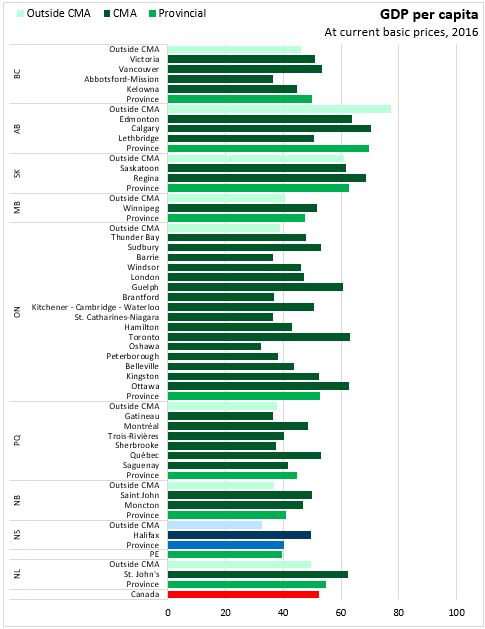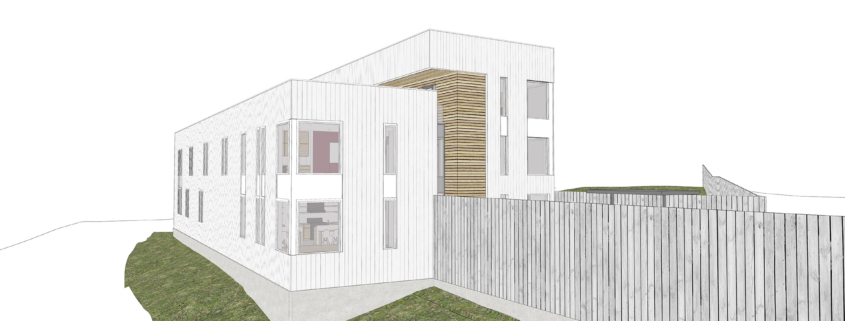CCA displeased by Supreme Court of Canada decision to dismiss appeal on use of reprisal clauses in British Columbia
Our colleagues at the Canadian Construction Association (CCA) have issued the following press release to voice their displeasure with the recent decision by the Supreme Court of Canada to reject the appeal brought forward by J. Cote & Son Excavating. This ruling has serious implications for contractors as it effectively upholds the use of reprisal clauses in tender documents.
From CCA’s press release on J. Cote & Son Excavating appeal:
OTTAWA, December 16, 2019 – The Canadian Construction Association (CCA) is displeased to learn that the Supreme Court of Canada has dismissed an appeal brought forward by contractor, J. Cote & Son Excavating.
Last week’s decision effectively upholds the use of “reprisal clauses” in tender documents. The clause used by the City of Burnaby against J. Cote & Son Excavating stated that the city would not accept tenders from any party that is, or has been within the last two years, involved in legal proceedings initiated against Burnaby arising out of a contract for works or services.
“The clause effectively forces consultants or contractors who may have a dispute with the city to choose between pursuing their legal rights and bidding on city contracts for the next two years,” said Mary Van Buren, CCA president.
This ruling has serious implications for contractors; it condones placing contractors on a two-year blacklist that bans them from bidding on city projects.
“The inclusion of these types of clauses in contracts essentially allows contractors to be financially punished for exercising their legal rights,” explains Van Buren. “The result is contractors are deterred from accessing the courts to enforce their legal rights because they fear being banned from future participation in projects.”
The decision by the Supreme Court of Canada effectively means that there is no constitutional barrier to municipalities using reprisal clauses. CCA will continue to closely monitor any developments as the association believes this case ruling could have major implications for the construction industry in all of Canada.
If you have any questions or comments about this release, please contact CCA’s vice-president of public affairs, Rodrigue Gilbert, at rgilbert@cca-acc.com or 613-236-9455, ext. 432.








